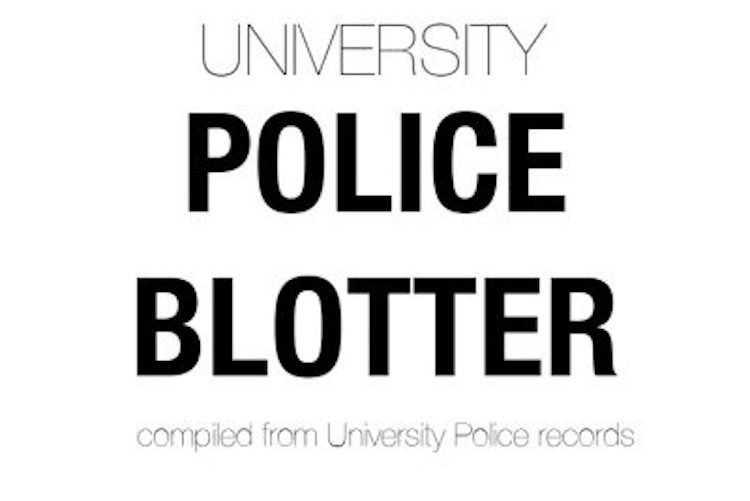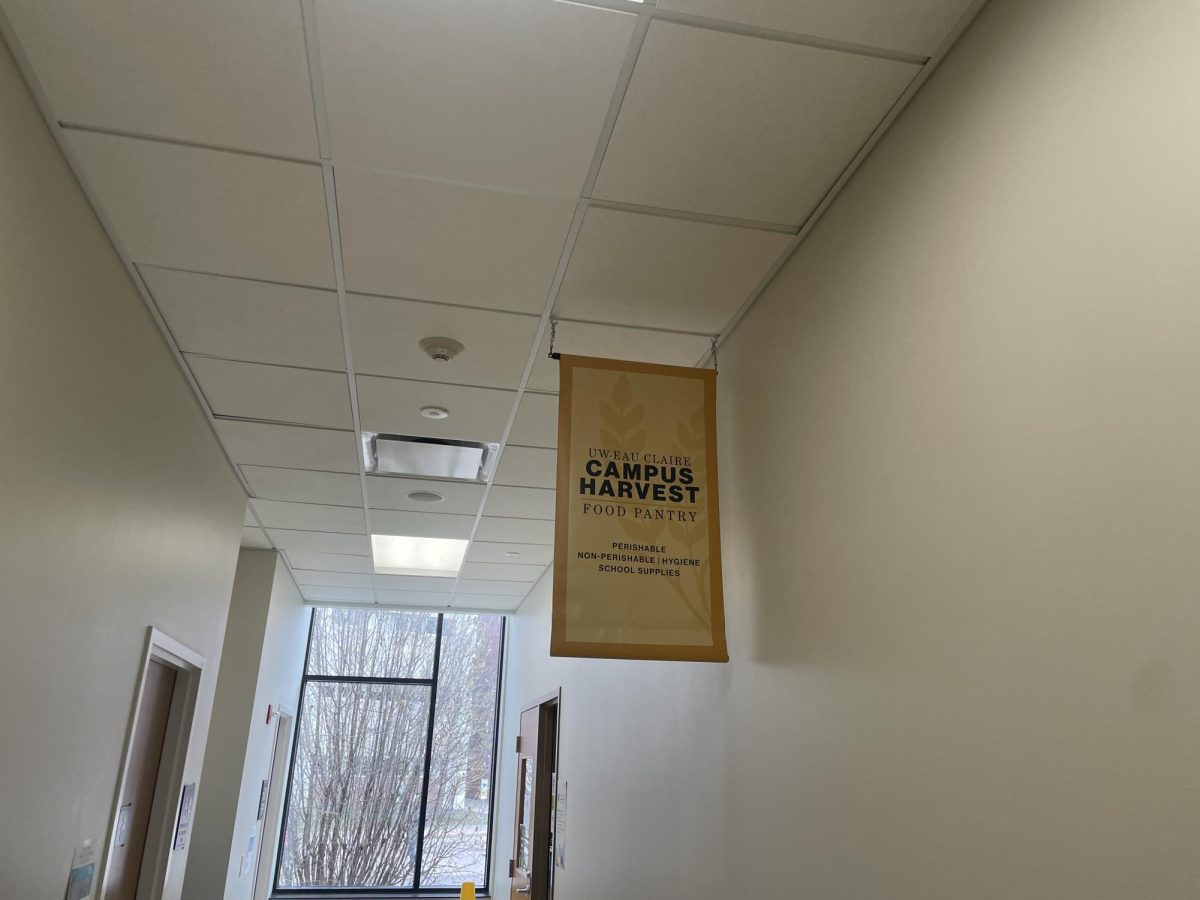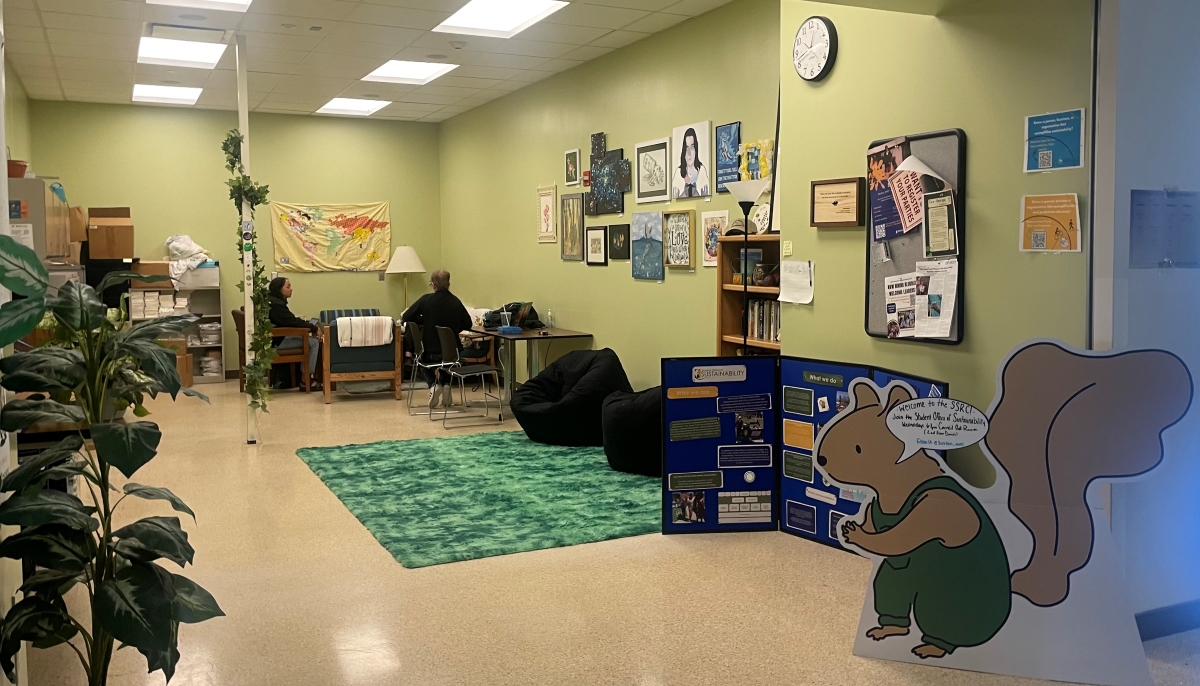Studies into the human brain and brain disorders can reveal answers to questions about the nature of human existence, a neuroscientist said Wednesday night.
Vilayanur Subramanian Ramachandran, the director of Center for Brain and Cognition at the University of California-San Diego spoke in front of a sold-out crowd in Schofield Auditorium.
Ramachandran is on Time magazine’s list of the 100 most influential people in the world for 2011 and winner of numerous awards. He came to Eau Claire as part of The Forum series to talk about his theory of “The Tell-Tale Brain.”
He started his speech by talking about a rare kind of face recognition disease called prosopagnosia. This is a rare disease in which the patient recognizes faces and understands those faces are his or her friends or family but thinks that that person is not his real acquaintance.
“My patient David could talk to his mother through the telephone in the other room and have a perfectly normal conversation with her,” Ramachandran said. “But when his mother walked in face-to-face, David called her an imposter.”
Ramachandran was entertaining in the way he delivered his speech, actively engaging in the audience while making them laugh and applaud.
Senior Spanish major Erica Tiffany said he was amusing to watch.
“He was super funny,” Tiffany said. “He really had the audience’s attention because of his sense of humor.”
Ramachandran also talked about work he has done on a condition known as synesthesia. This is a condition usually seen in one out of 50 people. This condition results in color association while viewing numbers.
“Three could be blue, four could be green, five would be purple for example,” he said. “This is all genetically based coming from your forefathers before you.”
Finally, Ramachandran spoke about phantom limbs for a portion of his speech. He gave many stories about people who have approached him for help, including a man who had his arm amputated and could feel sensation in his “phantom fingers” when he touched his face.
“There is a complete map of the hand laid out on your face,” Ramachandran said. “When you lose a limb, the sensory receptors for the lost limb are transferred elsewhere.”
Sophomores Michael Strasburg and Heidi Schmit both said that they thought the way Ramachandran delivered the talk about phantom fingers intrigued them.
“I liked the phantom arm example the best,” Strasburg said. “I’ve never even heard of that before and the fact that you can touch your face and feel it in your fingers amazes me.”
Ramachandran is known internationally for his work and has met numerous people, which in turn has made his own research broaden. This is something that also got the attention of the audience.
“He had a lot of great ideas and a lot of good examples on how he has been doing research on the brain,” Schmit said. “He talked about things that he actually did.”
Ramachandran spoke for a little over an hour Wednesday night but left with one closing statement regarding what he has learned over the years.
“Out of all the things you learn in medicine,” Ramachandran said, “when someone is saying something that doesn’t make sense and it sounds crazy, usually it’s just because we aren’t smart enough to figure it out. So listen and keep trying.”







